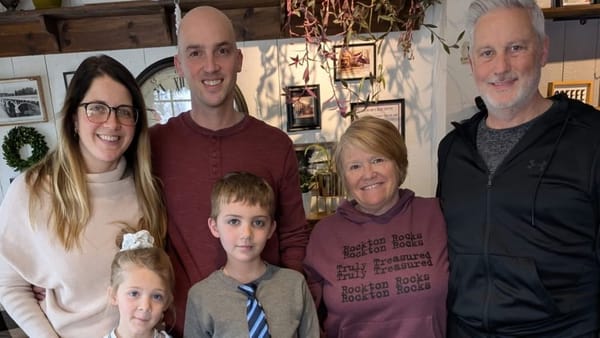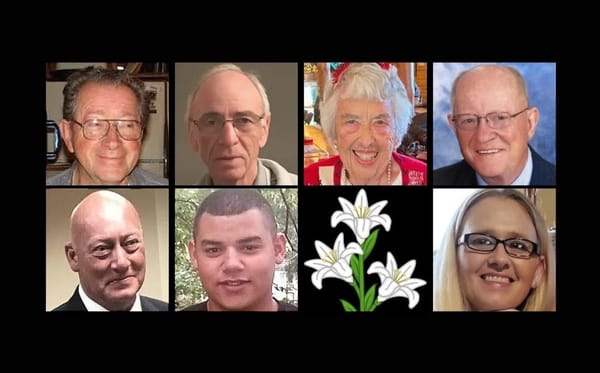Controlled prairie burn near Willowbrook Middle School
South Beloit and Boone County Fire departments staged a prescribed burn at Birds Grove Prairie.

Families had sunny skies and warm temperature while watching a prescribed controlled burn at Birds Grove Prairie on the hillside just east of Willowbrook Middle School on the evening of Wednesday, April 10, 2024.

In a matter of five minutes, the prairie burned in a magnificent spectacle of flames and smoke.
The South Beloit Fire Department was assisted by Boone County Fire Protection District #2.They called it “a great training opportunity for the department.”

Birds Grove Prairie is named after Stephen Mack's original settlement at what is now known as Hononegah Forest Preserve.
By recycling nutrients from charred plants, controlled burns stimulate new plant growth going into the spring and summer season.
These prescribed fires also helps to keep aggressive invasive plant species in check, which includes buckthorn, multiflora rose and honeysuckle, while encouraging growth of native plants and supporting the regeneration of oak and hickory - dominant trees of the Midwest.
At the same time, some native wildlife species rely on fire to assist in their survival. Oak woodlands, red-headed woodpeckers, bees, jack pines and narrow-leaved purple cone flowers are some of the species that depend on habitats that a prescribed fire can help restore and support.
Another benefit of a prescribed fire is that it helps prevent bigger wildfires, which spread and cause catastrophic damage. By getting rid of brush, leaf litter, and downed branches, a controlled fire can reduce the amount of combustible material that might be found in a wildfire's path.
To protect wildlife, fire crews work on relatively small plots of land, so any animals and birds are able to quickly run or fly away to a nearby safe area. They choose early spring and late fall to avoid mating and nesting seasons, and to ensure that smaller reptiles such as snakes and turtles are dormant and safely burrowed underground or beneath rocks or logs.
To prevent harm to people or wildlife, fire standards have been set by the National Wildfire Coordinating Group. All staff and volunteer firefighters are trained to mitigate potential risks. They clear the ground to create firebreaks, or strips of bare soil. These firebreaks prevent flames from escaping the boundary of the area and help to keep burn crews safe.





